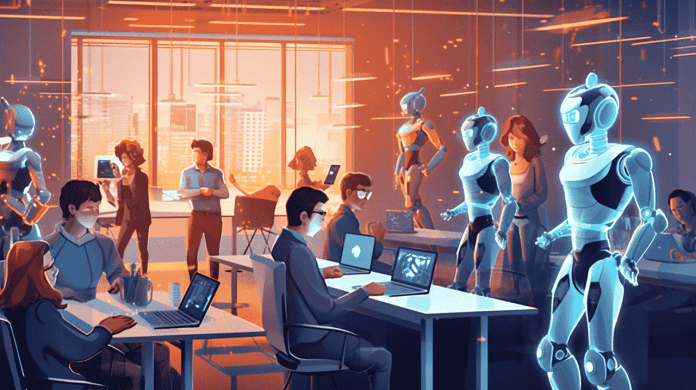Technology has emerged as a potent force reshaping virtually every facet of our lives, and education is no exception. Technology integration into education has unlocked fresh horizons, fundamentally altering our teaching and learning methods. This all-encompassing article delves into the multifaceted consequences of technology’s impact on education, from elementary schools to institutions of higher learning and beyond. Interactive whiteboards and online learning platforms to use virtual reality in classrooms.
Thank you for reading this post, don't forget to subscribe!Tailoring Education Experiences
Technology allows for real-time monitoring of student progress, providing teachers with valuable insights into each student’s strengths and weaknesses. With this information, educators can provide timely interventions and tailored instruction to help students succeed. Professionals offering do my online class help services enable collaborative learning opportunities, allowing students to engage with their peers and work together on projects or assignments, fostering a deeper understanding of the material.
Interactive And Immersive Learning
Traditional lectures are yielding ground to interactive, multimedia-enriched learning experiences. Educational software, virtual laboratories, and simulations actively engage students in education. Both technologies breathe life into subjects like history and science, rendering learning more immersive and enjoyable. Traditional lectures are yielding ground to interactive, multimedia-enriched learning experiences. Educational software, virtual laboratories, and simulations actively engage students in learning.
Fostering Collaboration And Communication
Technology has redefined how students and educators interact and collaborate. Learning management systems, video conferencing tools, and online discussion forums facilitate communication, enabling students to participate in discussions, exchange ideas, and collaborate on projects irrespective of their physical proximity. These technological advancements have also introduced augmented reality in education and enhanced the learning experience by providing immersive and interactive environments for students to explore and engage with.
Lifelong Learning And Professional Development
Online courses, webinars, and digital resources enable professionals to continuously upskill and remain relevant in a rapidly evolving job market. Lifelong learning has become a cornerstone of career growth in the digital age. As technology advances, new opportunities for lifelong learning are constantly emerging. Virtual and augmented reality are integrated into educational platforms, providing immersive and interactive learning experiences. These advancements not only enhance the accessibility of lifelong learning but also allow individuals to acquire practical skills more engagingly and practically.
The Changing Role of Teachers
The job of educators has changed in the digital age. Educators now play a more active role in learning than they once did as information distributors. They assist students in utilizing online resources, encouraging critical thinking, and developing their digital literacy. The job of educators has changed in the digital age. Educators now play a more active role in learning than they once did as information distributors.
Preparing Students For The Future
Technology’s impact on education transcends the academic realm. It equips students with essential skills such as problem-solving, digital literacy, and adaptability—crucial for success in the 21st-century workforce—by giving them access to a wide range of tools and information. Technology also improves the learning experience. This allows kids to examine various viewpoints, partake in interactive instruction, and hone their critical thinking abilities.


